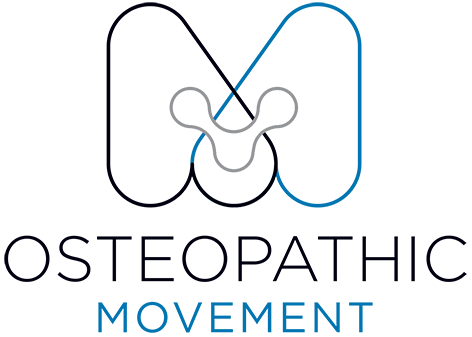Pain at the front of your knee?
Do You Have Pain at the Front of Your Knee?
Pain at the front of the knee is a very common issue, especially among active individuals and those who participate in sports involving running or jumping. Medically, this type of discomfort is known as anterior knee pain — and it’s one of the most frequent presentations we see at Osteopathic Movement South Yarra.
Anterior knee pain isn’t a diagnosis in itself; it’s a symptom that can result from a variety of underlying conditions, including:
Osgood-Schlatter’s disease
Patellar tendinopathy (jumper’s knee)
Hoffa’s fat pad irritation
Patellar fracture or alignment issues
Despite the differing causes, management strategies for anterior knee pain share many similarities. Generally, treatment can be divided into two phases: acute and chronic.
Acute Knee Pain: Calming the Knee Down
In the early (acute) stage of injury, the priority is to reduce pain and inflammation while allowing the knee to recover naturally. Effective first-line management includes:
Ice for short-term pain relief
Foam rolling to ease surrounding muscle tension
Elevation and compression to minimise swelling
If pain persists, isometric exercises such as Spanish squats can help activate the quadriceps and create a pain-relieving effect in the patellar tendon. This approach can help you return to sport or training sooner while maintaining knee function.
Chronic Knee Pain: Addressing Load and Imbalances
When knee pain becomes ongoing, the underlying issue is often related to load management — doing too much too soon after a period of reduced activity. This imbalance is common among returning athletes, such as volleyball or basketball players, who suddenly ramp up their training volume.
In most chronic cases, the goal is to both increase the knee’s capacity and reduce the load placed on it.
1. Increasing Knee Capacity
Building strength around the knee helps it tolerate greater loads. Key exercises include:
Squats and deadlifts for general strength
Unilateral (single-leg) exercises like split squats, step-ups, and single-leg leg extensions to correct side-to-side imbalances
2. Decreasing Load on the Knee
To reduce unnecessary strain, it’s important to optimise biomechanics and movement efficiency. Everyone moves differently, but there are common areas that often need improvement:
Glute activation: Exercises such as hip thrusts, arabesques, and banded glute work help shift load away from the knee.
Calf and Achilles strengthening: Seated and standing calf raises, along with isometric holds, improve shock absorption and support the knee during activity.
Combining these strategies with proper load management helps ensure the knee heals and becomes more resilient over time.
How Osteopathy Can Help
At Osteopathic Movement, our osteopaths perform a comprehensive assessment of your biomechanics and load tolerance to identify the root cause of your knee pain. This includes evaluating how your hips, knees, and ankles work together during movement.
We then develop an individualised rehabilitation program to address your specific weaknesses, movement patterns, and recovery goals. Our approach combines hands-on treatment, targeted exercise programming, and load management education to help you return to sport stronger than before.
The Takeaway
Anterior knee pain can have several underlying causes, but the principles of effective recovery remain consistent: calm the area, restore balance, strengthen the muscles, and manage your training loads. With the right guidance and a structured rehab plan, you can reduce pain, prevent recurrence, and get back to the activities you love.
Book Your Appointment
If you’re struggling with pain at the front of your knee, our experienced osteopaths can help diagnose the cause, improve your movement mechanics, and design a program to support your recovery.
• Get to know our South Yarra osteopaths
• Explore the facilities, including gym space and infrared sauna at our wellness centre
• Book your appointment online
Written By Dr. Ashby Smith (B.HSc, B.HSc + B.ApSc (Osteopathic Medicine)) - Associate Osteopath, Osteopathic Movement, South Yarra.
